Nihonga, classical Japanese painting, has received a boost with the work of this Tokyo artist who seeks to renew tradition without sacrificing it.
He was born in Tokyo in February 1966 and shortly after working as an art director for a record label, he realized that his world was undergoing renewal, but not music, but Nihonga (literally "Japanese-style paintings"). . The only thing missing was how, but really he just had to do the most logical thing: continue the legacy.

Tenmyouya Hisashi's own style
Tenm youya Hisashi mixed all those techniques and models of imperial Japan - actually much older, but they were named in the Meiji era (1868 - 1912) - and the result is the 'Neo Nihonga', as he himself defined in 2001, an antithesis of that one, since it uses new materials such as acrylic paint, at the same time that it does not hide its origins in the Japanese classical tradition.

It was an alternative field that he has been cultivating even to develop the spirit of Ukiyo-e, the xylographic engraving technique that is so closely associated in the mind with Japanese printing and, above all, with what Hisashi has called since 2010 'Basara', a extension of the almost glamorous beauty of prototypical decorative elements, such as samurai.





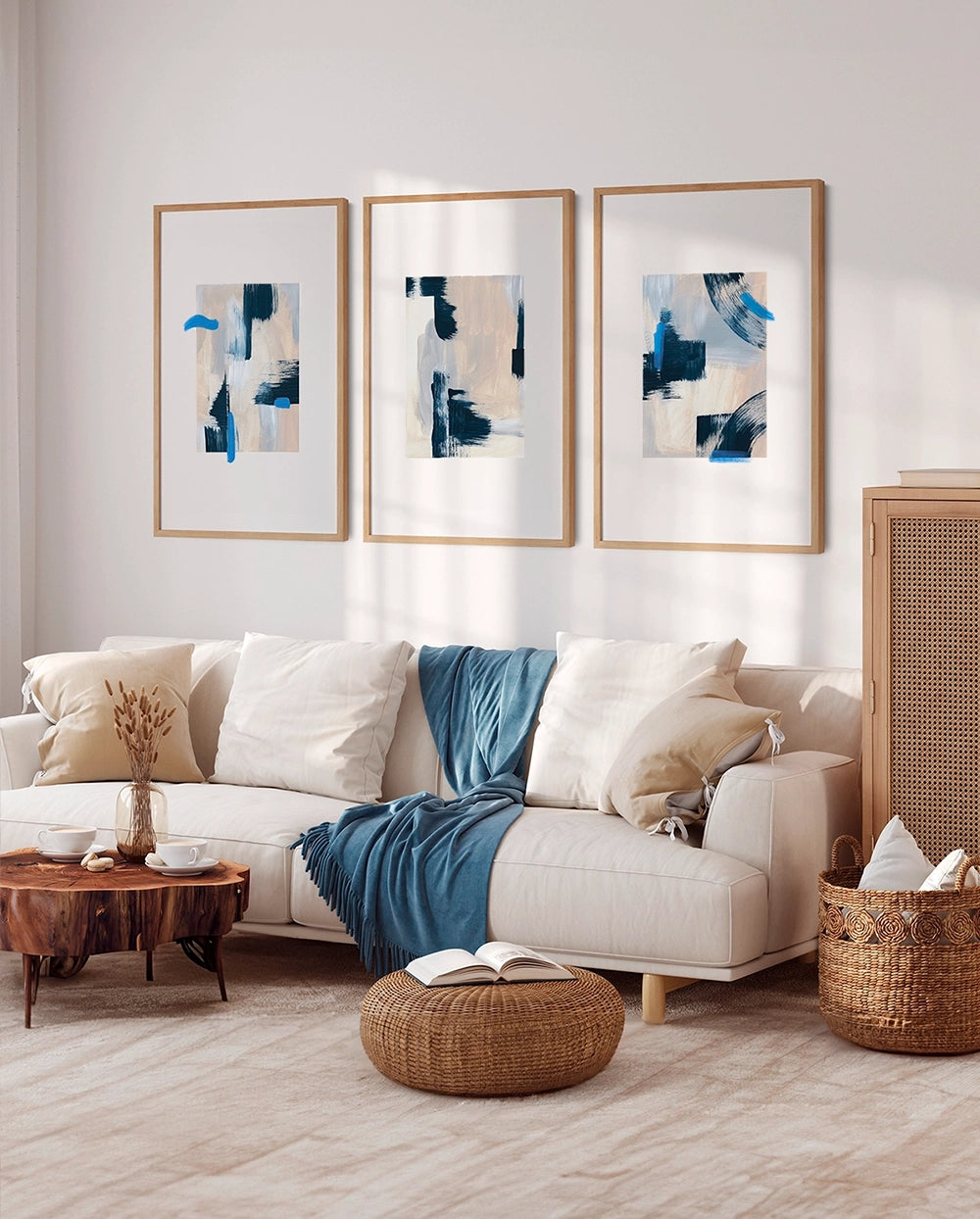
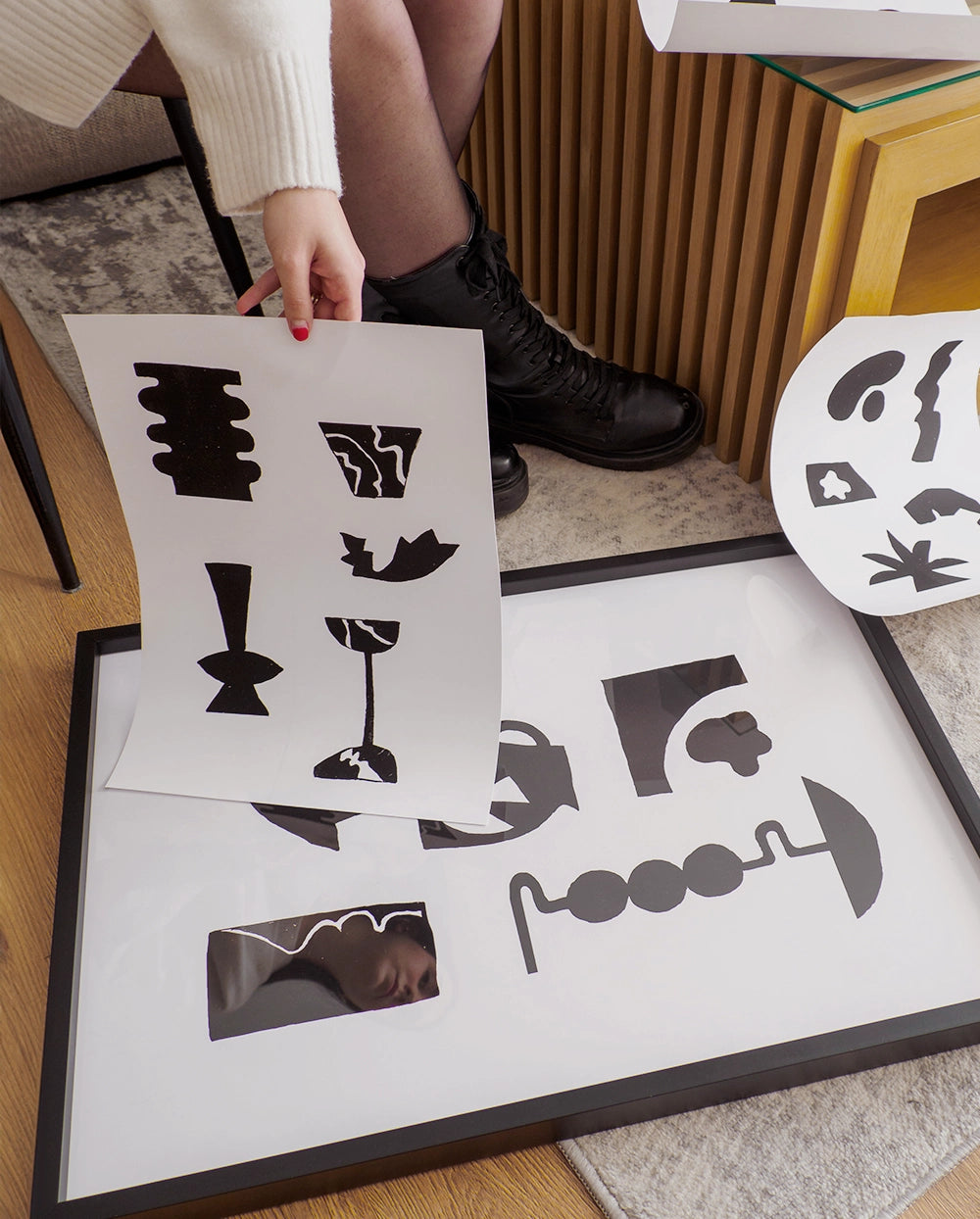
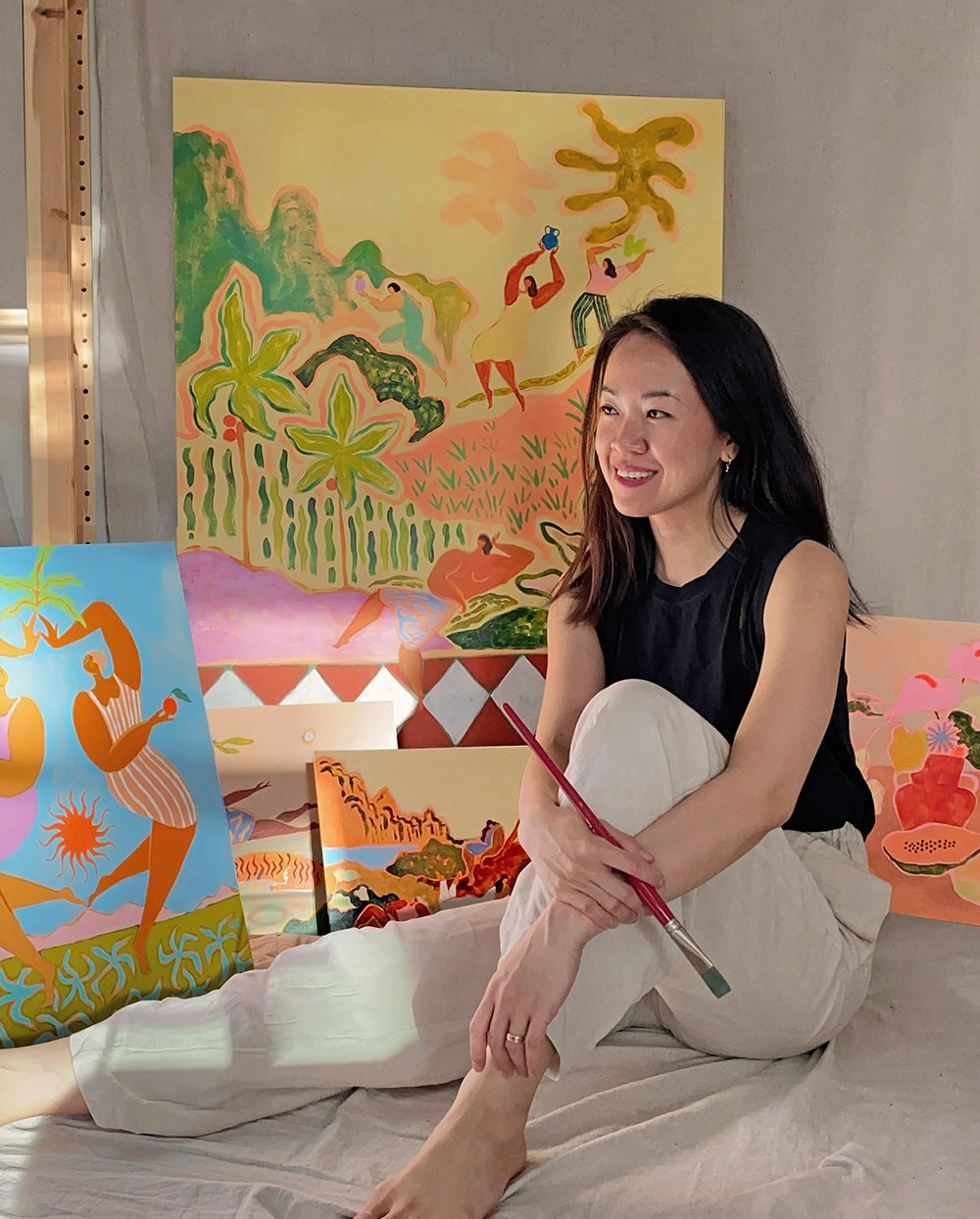
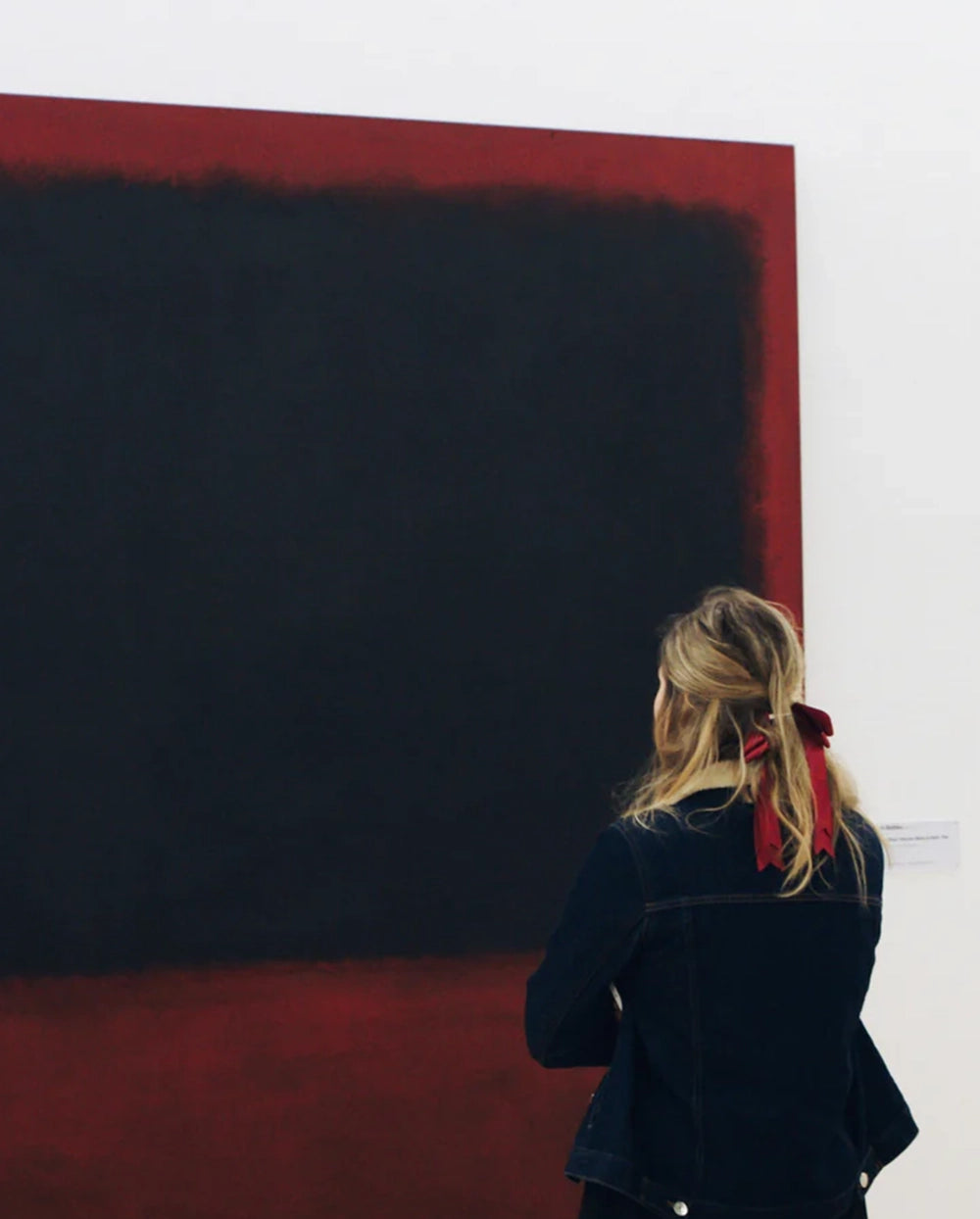
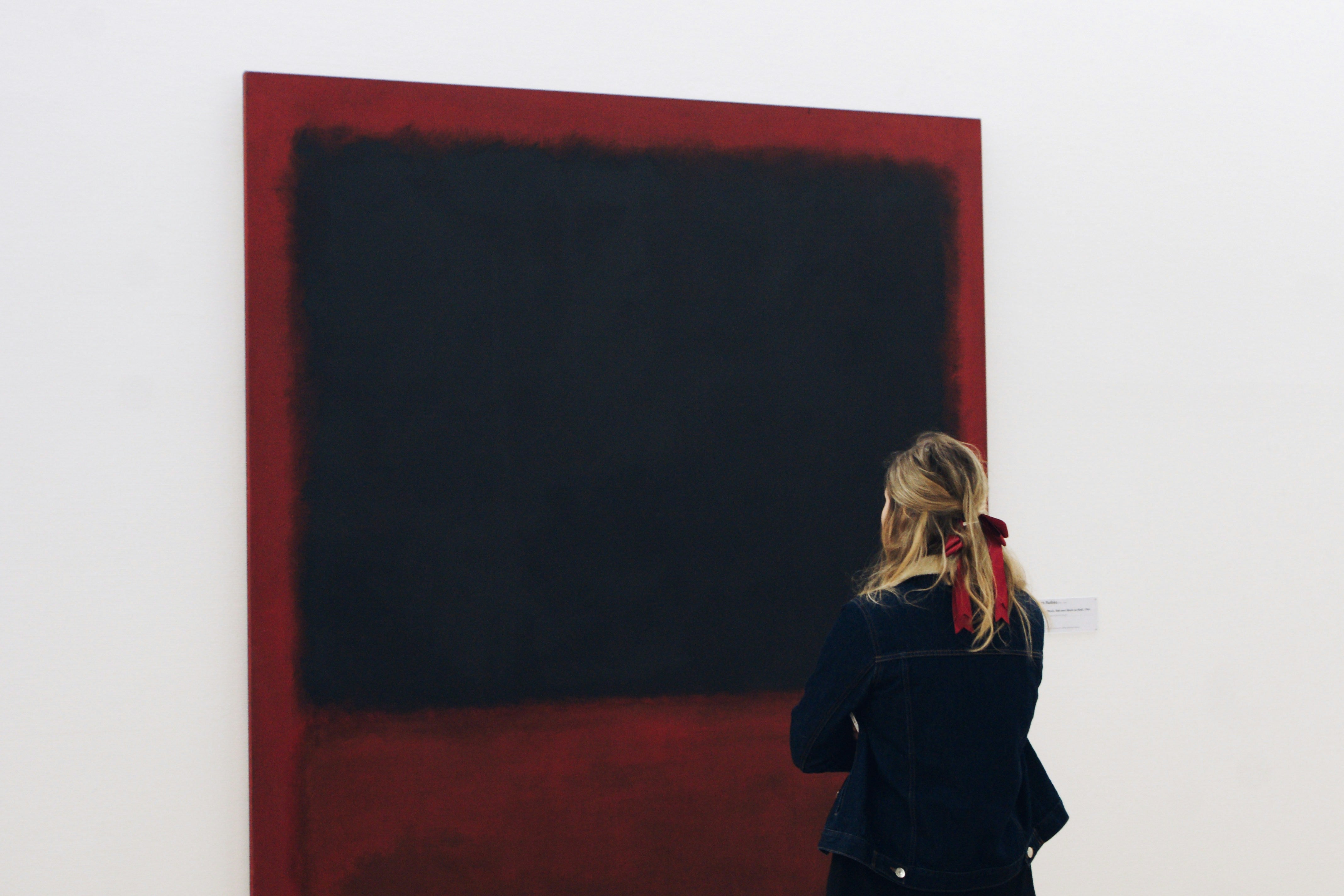
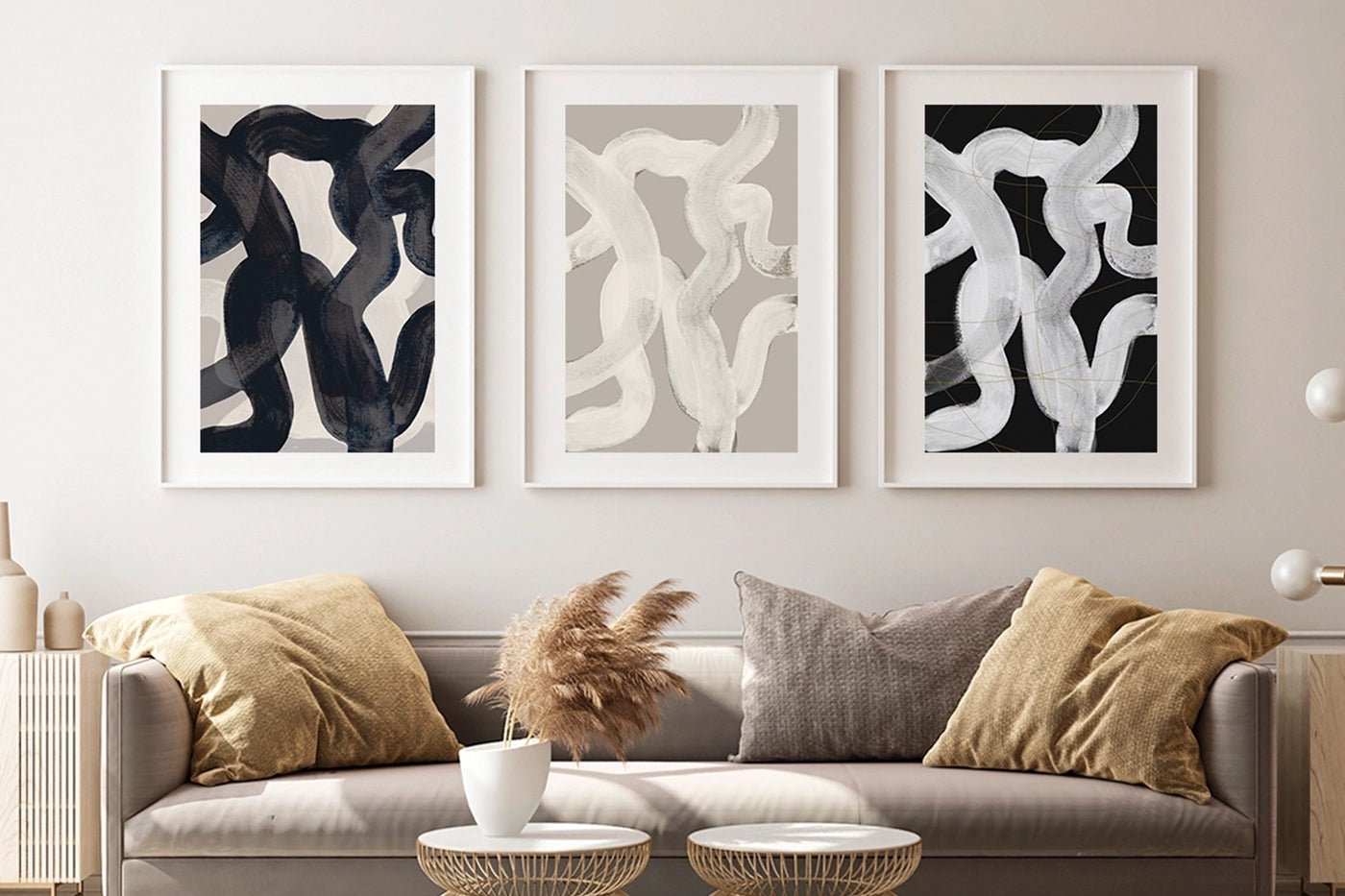
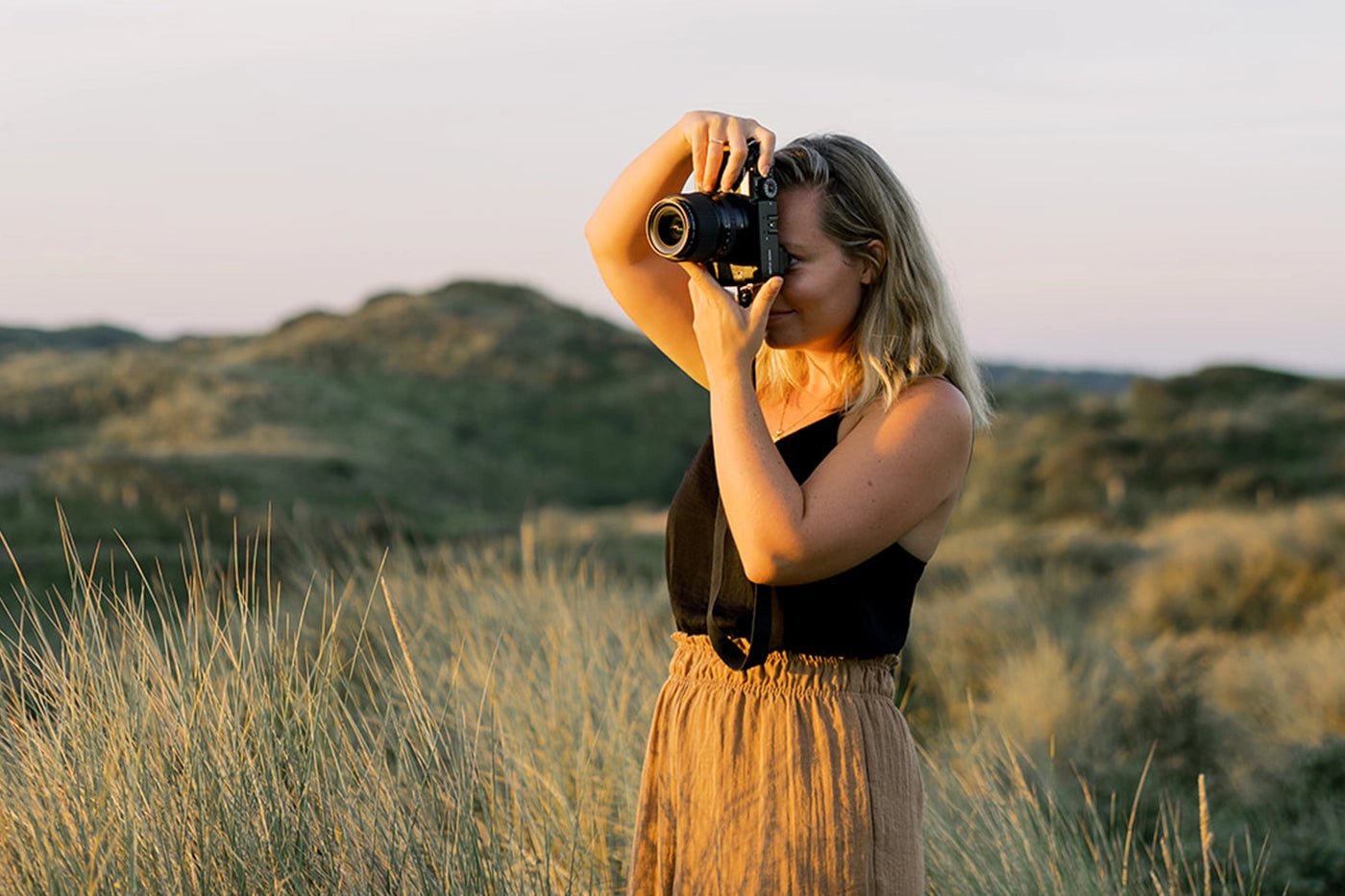
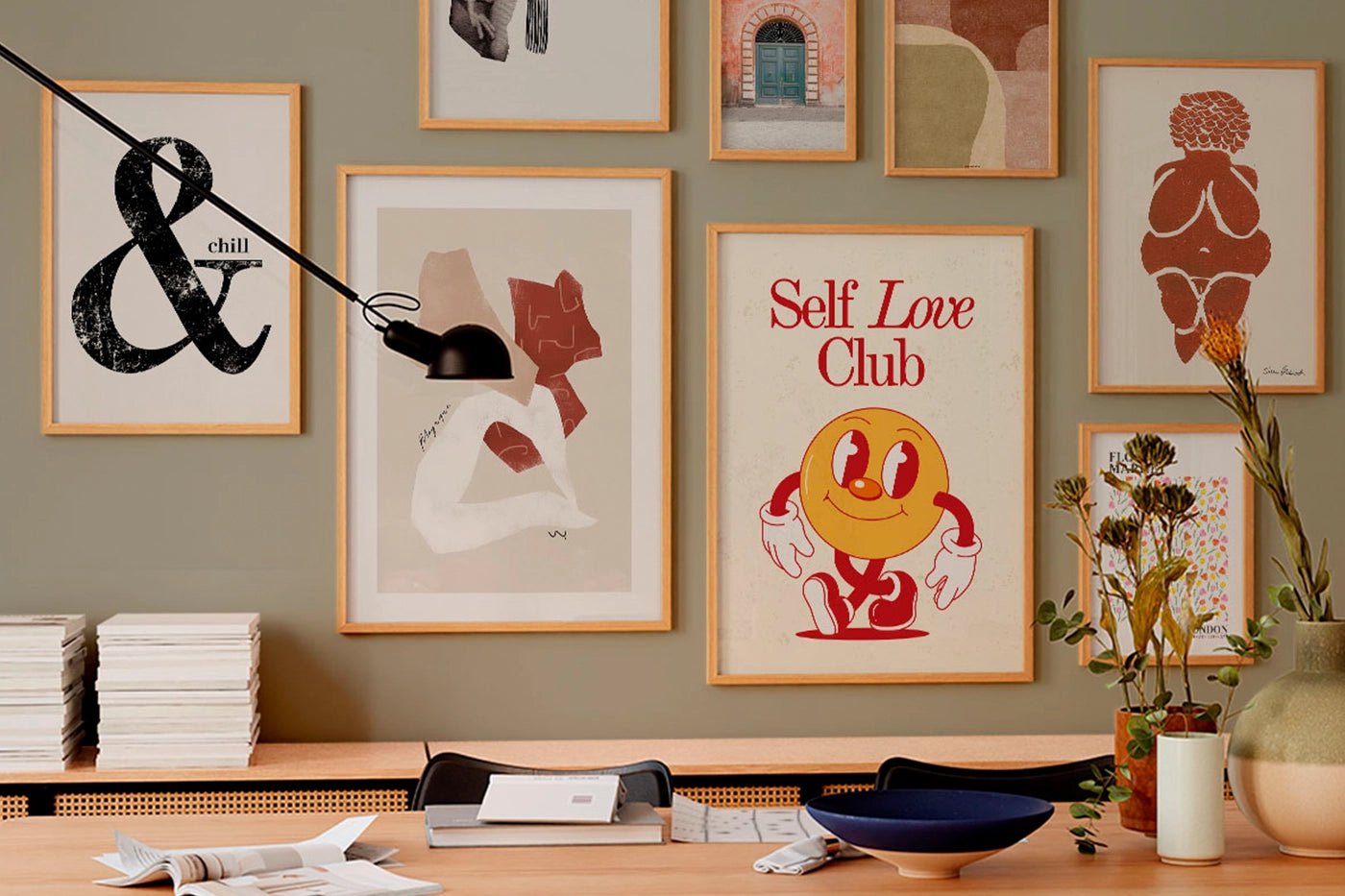
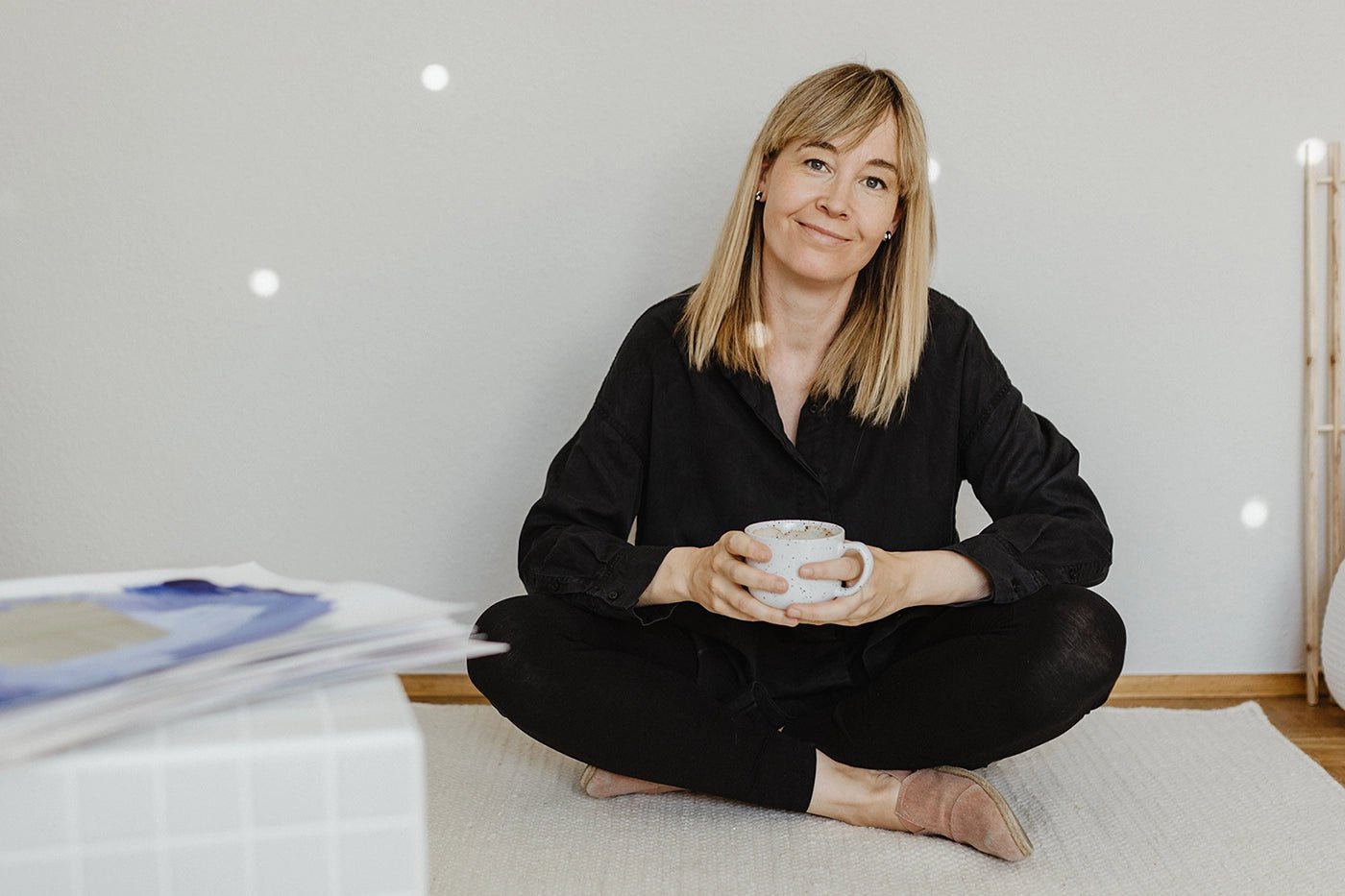
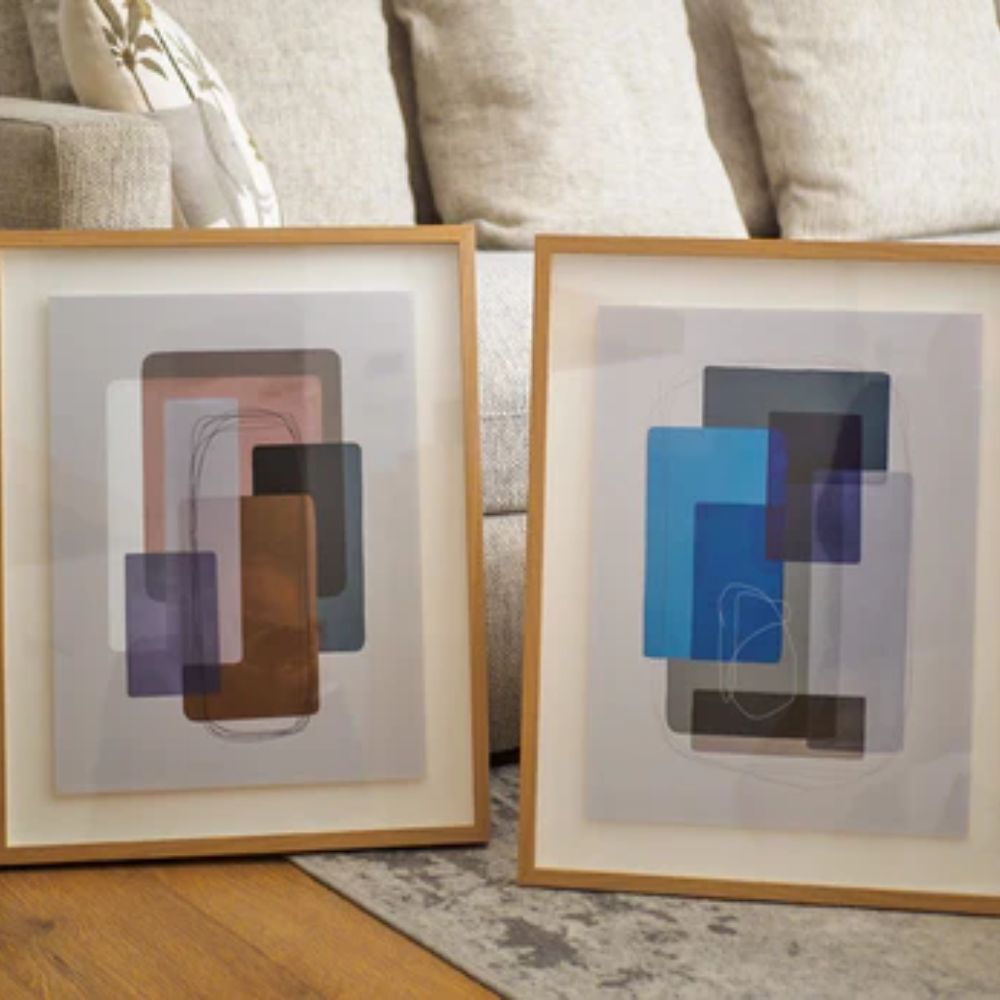


Leave a comment
All comments are moderated before being published.
This site is protected by reCAPTCHA and the Google Privacy Policy and Terms of Service apply.